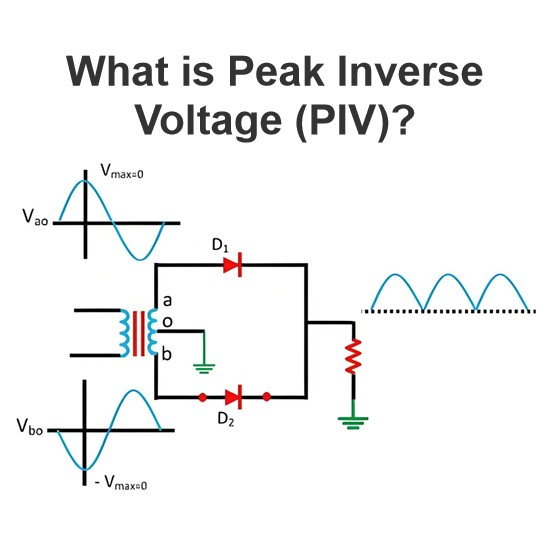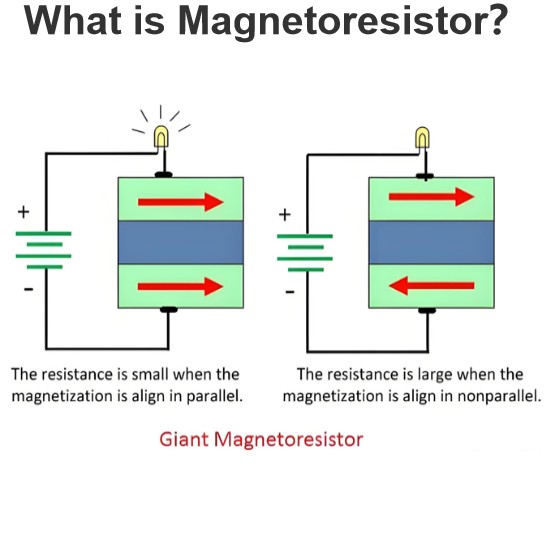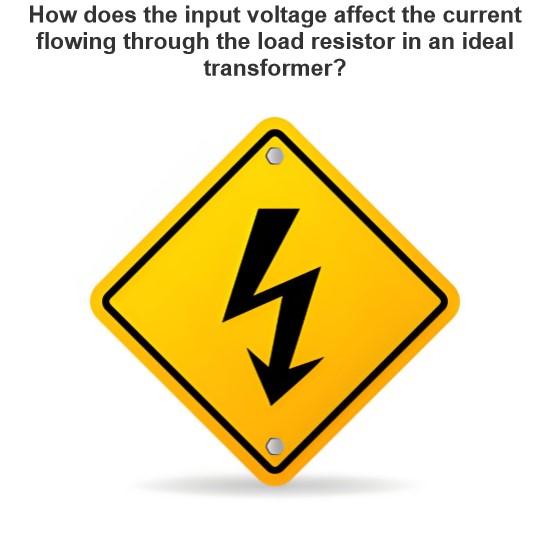What is the effect of applying alternating current to a DC machine?
Applying alternating current to a DC motor can have a variety of adverse effects because DC motors are designed and operate to handle direct current. The following are the possible effects of applying AC to a DC motor:
Cannot start and run properly
No natural zero crossing: AC has no natural zero crossing to help the motor start, while DC motors rely on constant direct current to establish a magnetic field and start.
Inversion phenomenon: The sinusoidal waveform of alternating current changes direction twice per cycle, causing the rotor of the motor to try to reverse, which makes the motor unable to operate stably.
Mechanical and electrical damage
Brush and commutator wear: Due to frequent reversals caused by alternating current, severe sparks and wear between the brush and commutator can result in rapid damage to the brush and commutator.
Magnetic field instability: Alternating current can cause instability in the internal magnetic field of the motor, which affects the performance of the motor and may cause the motor to overheat.
Overheating and loss of efficiency
Uneven current density: The flow of alternating current in a DC motor may cause the current density distribution to be uneven, causing some areas to overheat and affecting the life and efficiency of the motor.
Eddy current loss: Alternating current creates eddy currents in the iron core of the motor, causing additional energy loss and increasing the heat of the motor.
Noise and vibration
Mechanical vibration: Due to changes in the magnetic field caused by alternating current, the motor may experience mechanical vibration, producing noise.
Torque fluctuation: The periodic change of alternating current will cause the output torque of the motor to be unstable, resulting in vibration and uneven operation.
Control difficulty
Speed regulation is difficult: DC motors usually adjust speed by changing DC voltage or current, and the introduction of alternating current makes speed regulation complicated.
Protection difficulties: Traditional DC motor protection measures may not be suitable for AC situations, requiring additional protection devices.
Failure and security risks
Arcing and sparks: Arcing and sparks caused by alternating current can cause fire or electric shock.
Equipment damage: Prolonged application of alternating current may result in permanent damage to the internal components of the motor.
Experiment and test
Although it is not theoretically recommended to apply alternating current to a DC machine, such experiments are sometimes performed under laboratory conditions to study the behavior of the motor. In such cases, strict protective measures are usually taken and carried out under professional supervision.
Application example
In some special applications, such as certain servomotors or stepper motors, hybrid drive schemes may be used, but these motors usually have a special construction to accommodate alternating current or mixed signals. However, ordinary DC motors are not suitable for this situation.
Sum up
Applying alternating current to a DC machine results in failure to start and operate properly, mechanical and electrical damage, overheating and reduced efficiency, noise and vibration, control difficulties, and failure and safety risks. To avoid these problems, an appropriate AC Motor or a suitable conversion device (such as an inverter or rectifier) should be used to ensure that the motor can work properly.
The Electricity Encyclopedia is dedicated to accelerating the dissemination and application of electricity knowledge and adding impetus to the development and innovation of the electricity industry.













